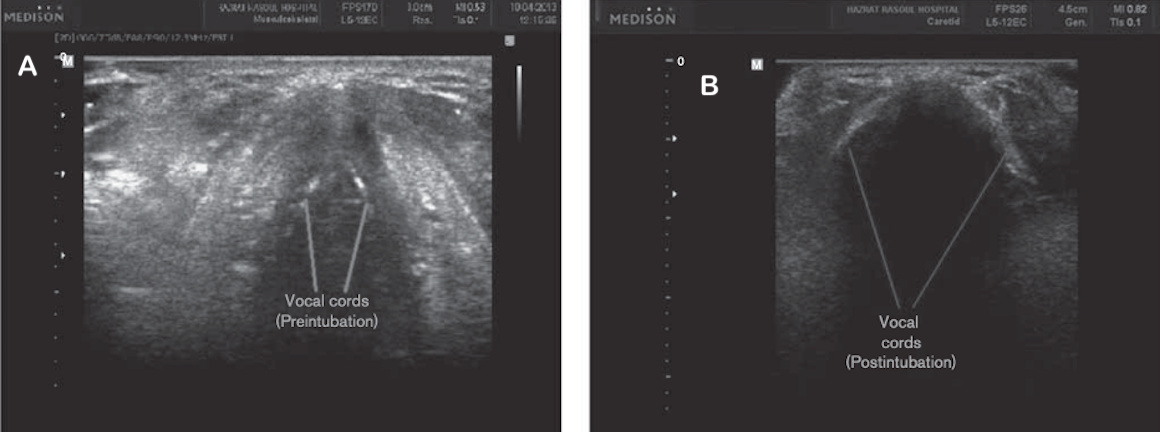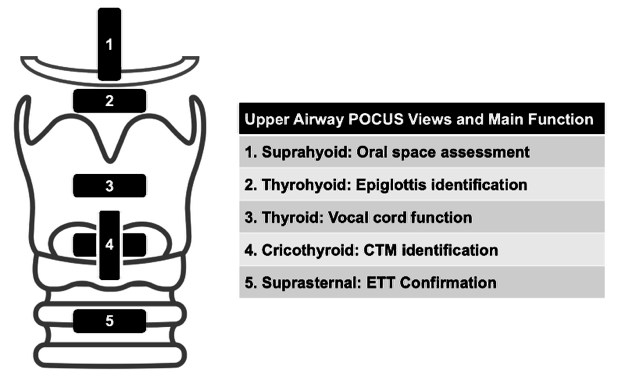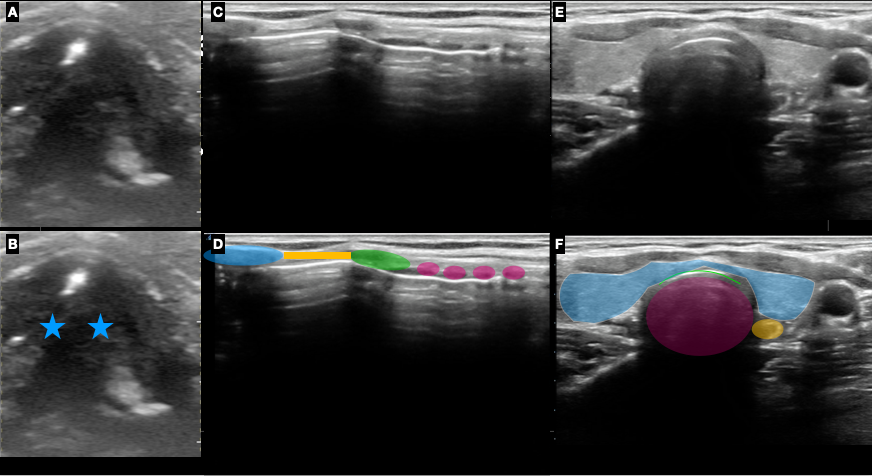Point-of-care ultrasound (POCUS) has emerged as an important tool in the assessment of shock, hemodynamics, and respiratory failure in critically ill patients. POCUS aids practitioners in coming to a diagnosis more quickly and accurately than a clinical assessment alone. This allows for more targeted and timely interventions.
Why Ultrasound?
When faced with a critically ill patient with respiratory or circulatory compromise, coming to a quick and accurate diagnosis is essential. Studies from adult literature have shown PoCUS allows practitioners to come to a diagnosis more quickly and accurately than a clinical assessment alone [1, 2]. This allows for more targeted and timely interventions and in some cases has shown a mortality benefit [3, 4]. Studies have also shown that cardiac PoCUS can safely and accurately be used by practitioners at the bedside [1, 5]. This has been repeated in the pediatric literature as well [6-9].
Point of care echocardiography provides rapid, real-time evaluation of cardiac status in critically ill patients. It can quickly and accurately identify pericardial effusions, reduced cardiac function, right sided strain and help guide fluid resuscitation. In addition, sequential scans can monitor for effectiveness of interventions and evolution of disease. In pediatric patients, it is however important to recognize the limitations of PoCUS, particularly in the evaluation of congenital heart disease. If congenital heart disease is suspected, a comprehensive cardiology-performed echocardiogram is required, as PoCUS is not sufficient for detailed structural assessment.
Given the benefits of PoCUS, several different protocols for evaluating critically ill patients now exist [10-15]. Further, the use of POCUS is supported by both adult and pediatric research and endorsed by professional societies [16-18].
This course will provide guidance on obtaining the five “standard” views of the heart utilized in point of care ultrasound: the parasternal long axis (PLAX), parasternal short axis (PSAX), apical four chamber, subxiphoid apical four chamber and IVC views. By the end of the course learners should feel comfortable in obtaining these fundamental cardiac windows and understand the anatomy they are seeing. These views provide the basic building blocks for the assessment of pathology, which is covered in other dedicated modules.









